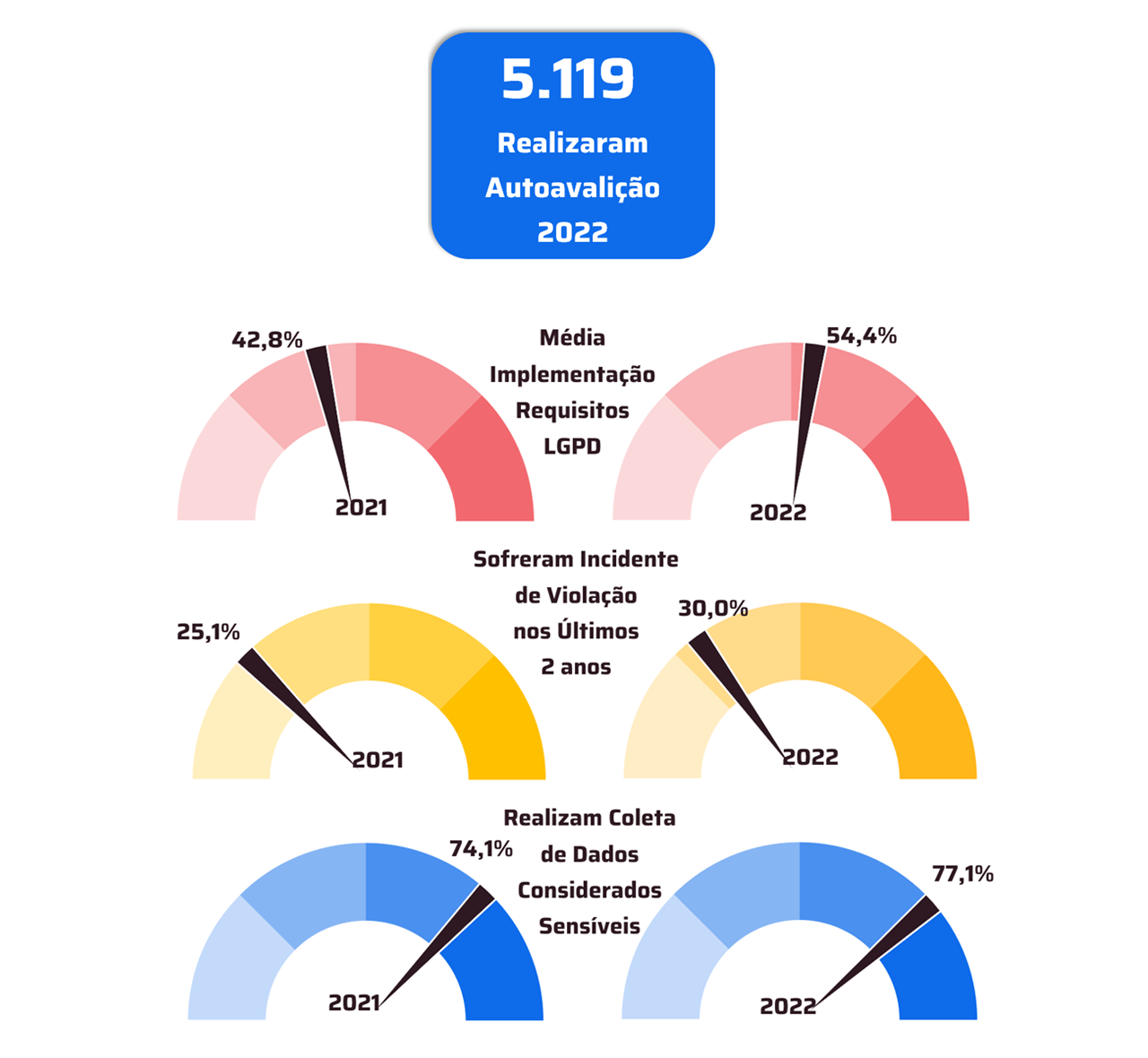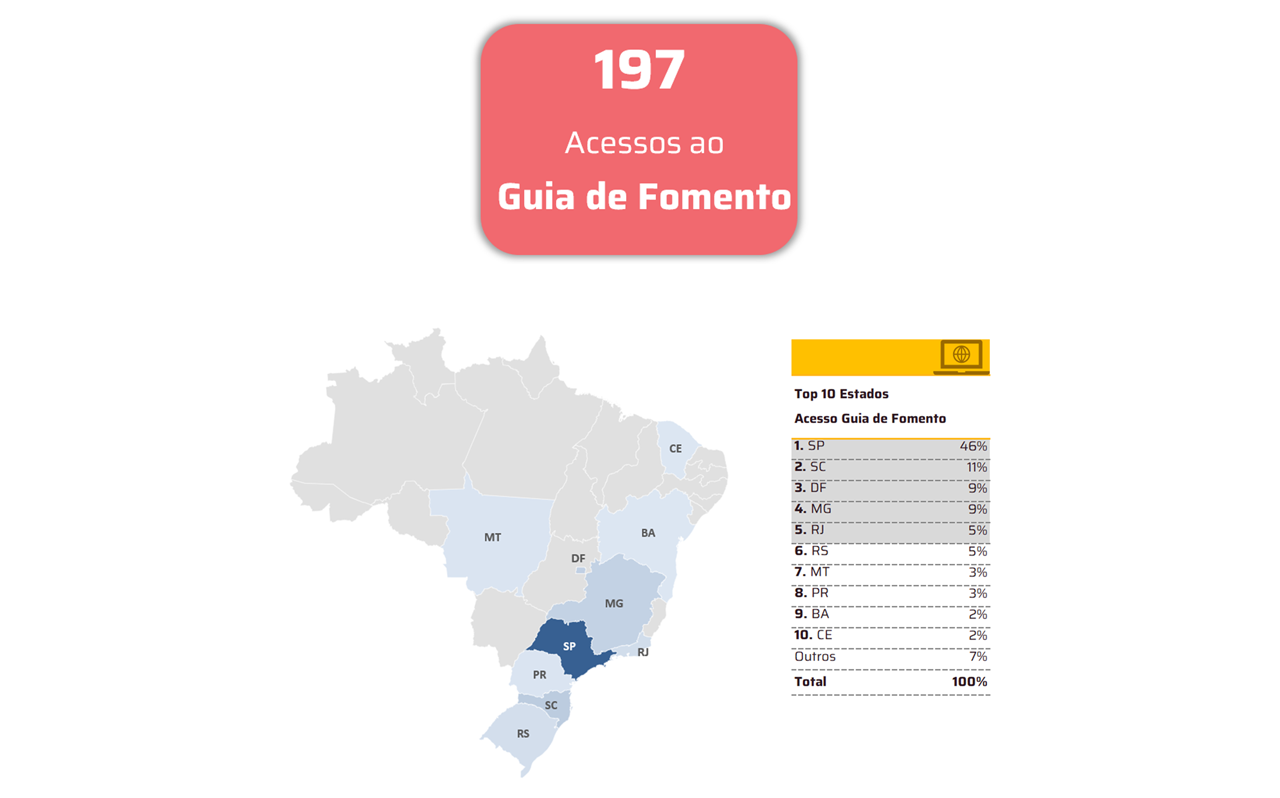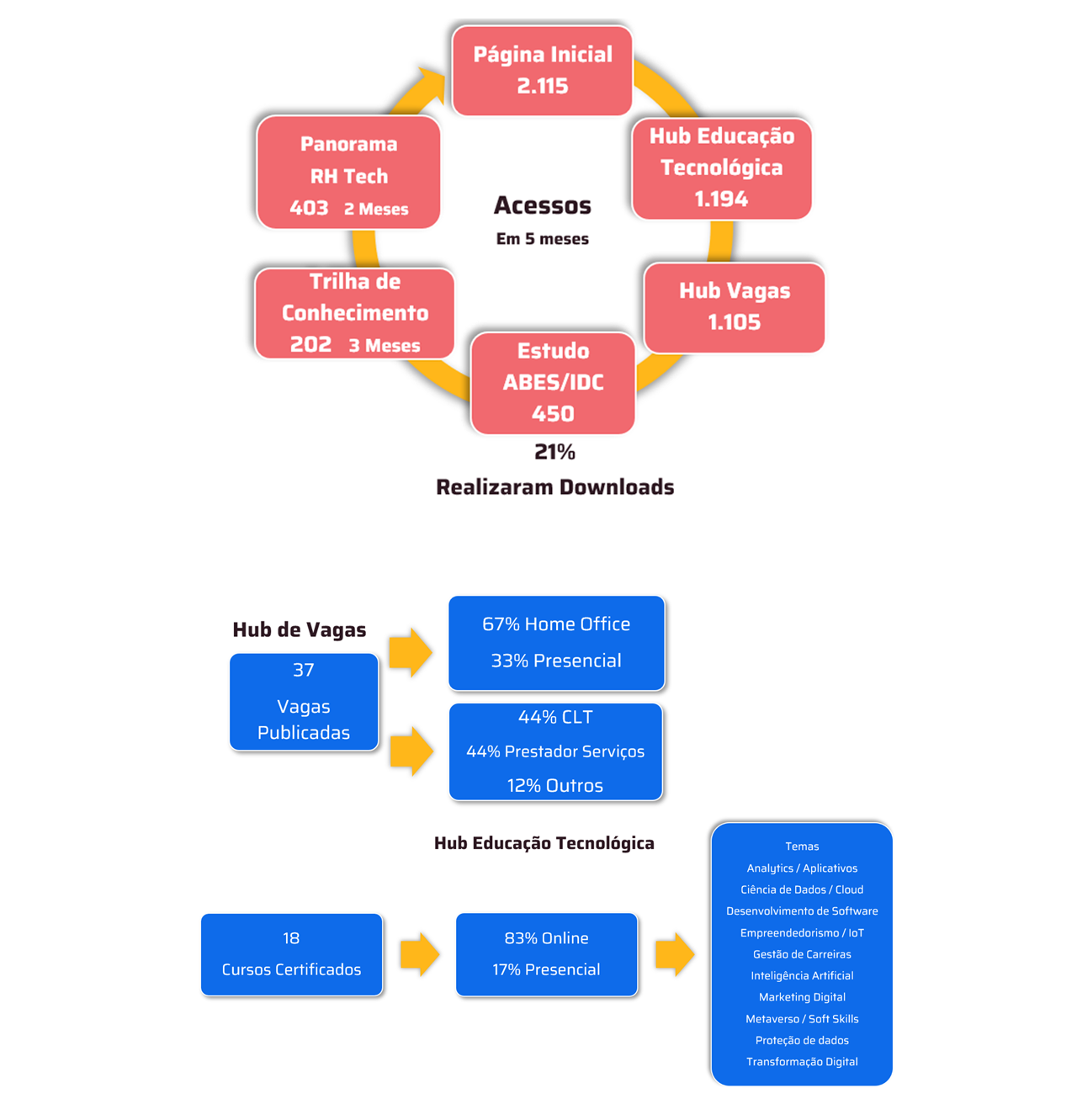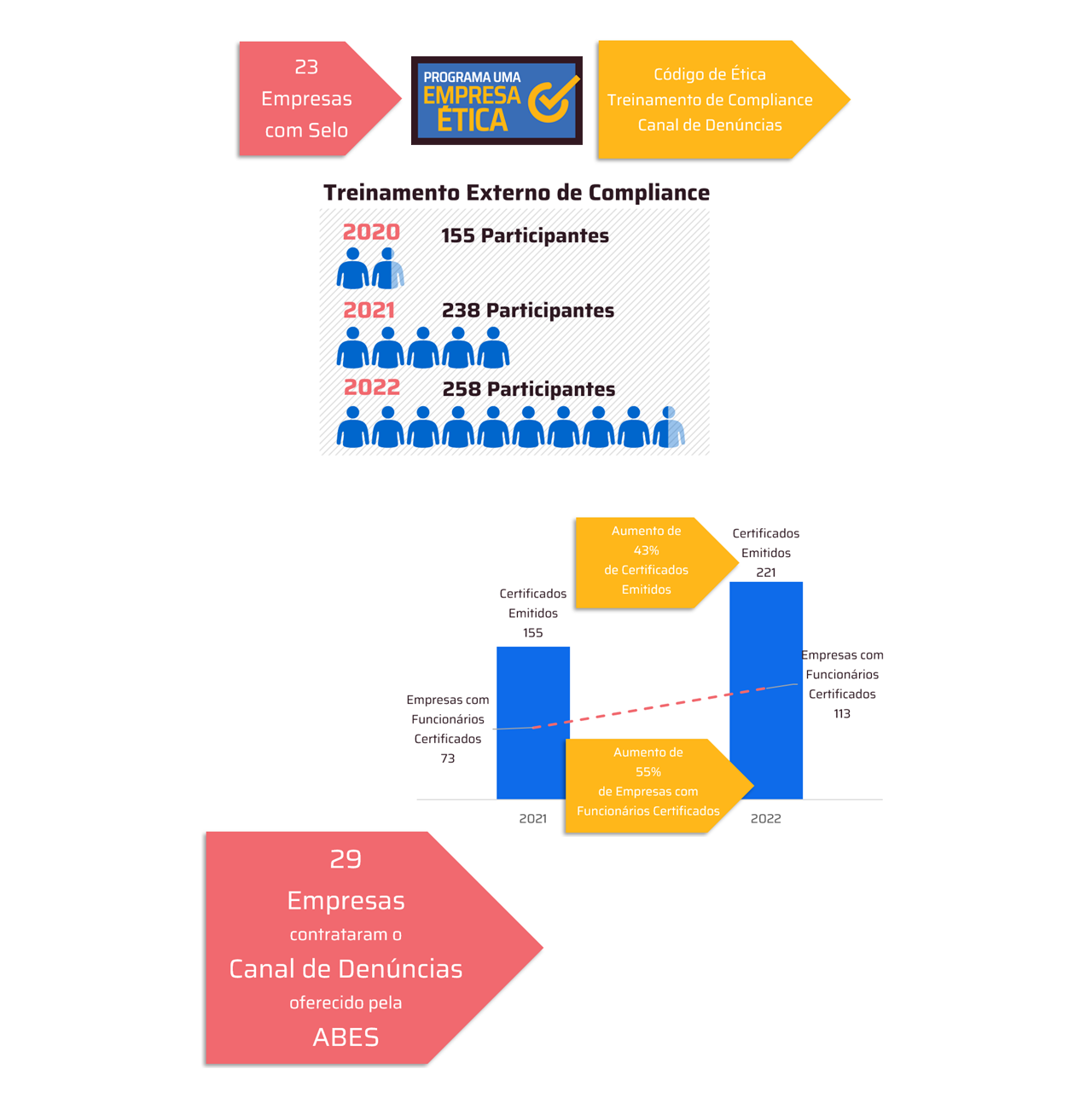New project includes the implementation of an energy infrastructure, based on photovoltaic panels and batteries, to power telecommunications equipment
The digital inclusion of remote communities in the country is the focus of a new project being conducted by CPQD with the support of resources from the Fund for the Technological Development of Telecommunications (FUNTTEL), the Ministry of Communications, and FINEP. The main objective is to bring connectivity to around 4,600 public schools throughout Brazil, which do not have access to broadband internet or electricity – according to data released this month of May by the Ministries of Communications (MCom) and Mines and Energy (MME), in total, there are 8,300 schools without free internet access, of which 4,600 do not have electricity.

To this end, the project also includes the implementation of an energy infrastructure to power telecommunications equipment – such as satellite modems, routers and Wi-Fi – to be installed in the benefited schools. The intention is to install an individual system of electric power generation with intermittent source (known by the acronym SIGFI), using photovoltaic panels and batteries to store the energy generated.
“Since the SIGFI will be located in remote locations, which are generally difficult to access, its management is a challenge that needs to be overcome to guarantee the availability and reliability of the electricity and telecommunications systems”, says Aristides Ferreira, Systems Solutions manager of CPQD Energy. With this objective in mind, the project foresees the development of remote monitoring and management technologies for Internet access infrastructure in schools, using Artificial Intelligence (AI) resources.
“The main innovation of the project is the development of an algorithm for monitoring the essential parameters of the batteries, in order to guarantee their continuous availability and the uninterrupted supply of electric energy for the connectivity infrastructure”, points out Ferreira. In addition to the characteristics of the battery - which will have the capacity to maintain supply for up to three days, even without sun -, the algorithm will also take into account the climatic conditions of the location. If necessary, the system will generate commands or alarms so that the operator can correct, restore or optimize the use of the solution remotely, even avoiding the physical displacement of technicians to the site for maintenance.
The new digital inclusion project led by CPQD was born out of a successful pilot implemented last year at a school in the Yamado indigenous community, in the municipality of São Gabriel da Cachoeira, 850 kilometers from Manaus, in the state of Amazonas. To meet the challenge posed by the Ministry of Communications to bring connectivity to this distant school – on the border with Colombia and Venezuela – which did not have electricity, CPQD installed a SIGFI with three photovoltaic panels and lead-acid batteries responsible for feeding the satellite modem and also integrated this system into the local connectivity solution, with routers and WiFi.
“Now we are investing knowledge and innovation in the remote monitoring of this system, to guarantee its high availability”, adds Ferreira. The project foresees the development of two mathematical algorithms, specific for different types of battery: lead-acid and lithium (which has greater durability and energy density). The proof of concept will be carried out at the CPQD itself and, by the end of the year, the solution will be ready to be transferred to the Brazilian industry responsible for supplying individual systems of electric power generation with intermittent source – which will put the product on the market .













